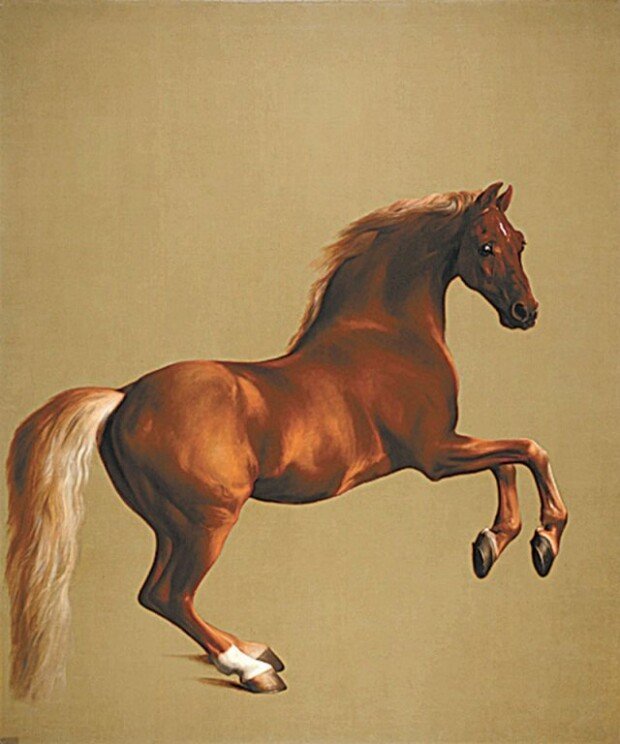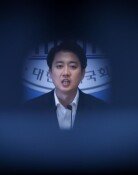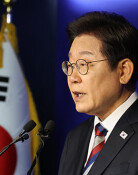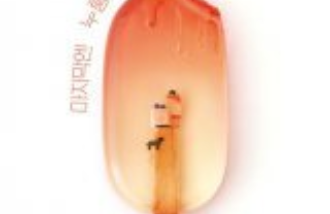The portrait of a graceful horse
The portrait of a graceful horse
Posted January. 27, 2022 07:55,
Updated January. 27, 2022 07:55

There is a painting of a handsome large horse at the National Gallery in London, created by British painter George Stubbs (1724-1806). The horse is drawn on a large canvas that stretches up to 3 meters vertically. There is no rider or background. Could it be unfinished? Or did the painter intentionally draw it that way?
Stubbs had not received formal art training, but he became famous for this painting. He had performed anatomies on horses, gaining top-class anatomical knowledge and even published a book titled ‘The Anatomy of the Horse’. His paintings were more accurate and detailed than any other animal painter, drawing attention of aristocrats who loved horseback riding. This painting was requested by the Marquess of Rockingham, one of the richest men in the U.K. at that time, a politician who served as Prime Minister for two terms and loved horseback riding.
The model of the painting was Whistlejacket, owned by Rockingham. He has a brown shining coat and cream mane tail, and descendent of Godolphin Arabian, known for horse racing. Despite his heritage, however, Whistlejacket did not have top-class records. He earned nationwide fame only after he won his last race before his retire in 1759, when he was 10 years old. Did Rockingham request a painting of his horse to celebrate his victory? Not quite. He had the painting created because he knew after breeding several horses that Whistlejacket’s outstanding appearance was a standard of the breed.
After spending several months observing, Stubbs finished the portrait that perfectly captures not only the physical appearance but emotions of the horse. Whistlejacket must have gained freedom after spending his entire life trained as a racing horse. The artist, who knew horses better than anyone, did not put any background to bring attention to the beautiful creature. The horse, standing on its hind legs, with his head turned around to look us in the eye, seems to ask us- Are you free?







